Share Market Highlights: Nifty settles above 19040, Sensex over 63780; Bank Nifty adds over 500 points
Share Market News Today | Sensex, Nifty, Share Prices Highlights: The benchmark equity indices ended the week’s last trading session in the positive territory. The NSE Nifty 50 soared 190 points or 1.01% to settle at 19,047.25, while the BSE Sensex climbed 634.65 points or 1.01% to 63,782.80. The broader indices ended higher with Smallcap stocks leading the gains. The Bank Nifty index added as much as 501.85 points or 1.19% to settle at 42,782. PSU Bank and Media stocks led the gains among the other sectoral indices and surged over 4.11% and 2.58%, respectively. Coal India, HCL Tech, Axis Bank, State Bank of India and Bajaj Auto were the top gainers, while the top laggards included UPL, ITC, Hindalco Industries, BPCL and Asian Paints. The volatility index (India Vix) ended down 7.03%.

(Source: NSE)
13:43 (IST) 27 Oct 2023 Bajaj Finserv Q2 profit rises 23.9%
Bajaj Finserv on Friday posted second quarter profit at Rs 1,928.96 crore, up 23.9% in comparison to Rs 1,556.93 crore during the corresponding quarter of last year. It posted a total income for the quarter ended September 2023 at Rs 26,022.66 crore, up 25.1% as against Rs 20,803.33 crore during the second quarter of FY23.
13:25 (IST) 27 Oct 2023 BOJ meets as rising global yields, inflation test yield cap
The Bank of Japan will face growing pressure at its policy meeting next week to shift further away from its controversial bond yield control, amid rising global bond yields and persistent inflation, reported Reuters. A spike in the US Treasury yields has pushed up the 10-year Japanese government bond (JGB) yield near the BOJ’s 1% cap set just three months ago, testing the bank’s resolve to prevent an excessive market-driven surge in borrowing costs.
12:48 (IST) 27 Oct 2023 Isha, Akash, Anant Ambani get shareholders’ nod for appointment on RIL board
Reliance Industries on Friday announced that its shareholders have approved the appointment of Ambani scions Akash Ambani, Isha Ambani and Anant Ambani on board of the company, it said in a regulatory filing. While Isha Ambani got 98.21 % of votes, Anant Ambani received 98.06% votes, Anant Ambani got 92.75% votes for being appointed as the non-executive director of the Company.
12:01 (IST) 27 Oct 2023 Infosys signs 5-year deal with smart Europe GmbH
Infosys on Thursday said it has signed a five-year partnership with smart Europe GmbH, a premium EV maker, to improve the latter’s direct-to-customer (D2C) business model in Europe. Infosys will help the EV maker boost digital sales and improve customer experience.
In a filing with the BSE, the company said it will provide enhanced customer experience, data-driven personalisation and engagement for the existing EV models like smart #1, smart #3 and other upcoming all-electric models from the iconic brand.
12:00 (IST) 27 Oct 2023 Reliance Industrial Infrastructure Q2 profit up 40.7%
Reliance Industrial Infrastructure Ltd (RIIL), an entity of Reliance Industries, posted its Q2 earnings with profit at Rs 3.18 crore, up 40.7% on-year. It had posted Q2 profit for FY23 at Rs 2.26 crore. The company recorded revenue from operations at Rs 14.36 crore, down 13.6% in comparison to Rs 16.62 crore during the second quarter of the previous year.
11:59 (IST) 27 Oct 2023 TTK Prestige Q2 profit drops 29.3%
TTK Prestige on Friday posted its second quarter earnings for the financial year 2023-24 with profit at Rs 59.27 crore, down 29.3% as against Rs 83.85 crore during the corresponding quarter of FY23. It posted revenue from operations at Rs 729.47 crore, down 13.4% as against Rs 842.35 crore during the quarter ended September 2022. The company’s EBITDA stood at Rs 80.9 crore, down 31.7% on-year.
11:32 (IST) 27 Oct 2023 Market Statistics

(Source: NSE)
11:21 (IST) 27 Oct 2023 Rollover – October Series
“Sharp spike in the US 10-year bond yield towards 5% triggered a bout of intense profit booking this week. Series on series, the Nifty is down by 3.4%, largely contributed by the selling observed in the current week. The index is down by 3.5% week-to-date. The stupendous outperformance observed in the mid-cap space over Nifty took a pause as the NSE Mid-cap index declined by 5% this series. The Nifty rollover stands at 83%, higher than its last three series average of 79%. The series has started with a cumulative future open interest of 11.6 million shares as against last three series average of 11.5 million shares. The Bank Nifty rollover stands at 79%, lower than its last three series average of 80%. The series has started with a cumulative future open interest of 2.5 million shares as against last three series average of 2.3 million shares,” said Neeraj Agarwal, Technical & Alternative Research, JM Financial.
10:41 (IST) 27 Oct 2023 Gold movement
“COMEX Gold prices pared early advance and closed with marginal gains on Thursday, amid robust US economic activity coupled with delay in the Israeli ground invasion. US gross domestic product accelerated to a 4.9% annualized rate in the last quarter, the fastest since 2021, while new orders for manufactured durable goods surged by 4.7% m/m in September 2023. Meanwhile, ECB paused the rate hikes, reflecting a more cautious “wait-and-see” stance among policymakers. Today, US PCE price index and UoM consumer sentiments will be in focus,” said Ravindra Rao, CMT, EPAT, VP – Head Commodity Research, Kotak Securities.
10:27 (IST) 27 Oct 2023 PSU Bank stocks shine
The Nifty PSU Bank index soared 3.05% during early trade on Friday. Canara Bank led the gains with a surge of 5.72%, while Bank of India and Union Bank of India advanced over 4% each.
09:49 (IST) 27 Oct 2023 Derivative outlook
Nifty weekly contract has highest open interest at 18,900 for Calls and 18,850 for Puts while monthly contracts have highest open interest at 18,900 for Calls and 18,850 for Puts. Highest new OI addition was seen at 18,900 for Calls and 18,850 for Puts in weekly and at 18,900 for Calls and 18,850 for Puts in monthly contracts. FIIs decreased their future index long position holdings by 58.60%, increased future index shorts by 20.80% and decreased index options by 51.69% in Call longs, 27.78% decrease in Call short, 49.81% decrease in Put longs and 34.33% decrease in Put shorts,” said Anand James, Chief Market Strategist at Geojit Financial Services.
09:48 (IST) 27 Oct 2023 Markets offer opportunity to long-term investors
“After six continuous days of losses triggered by the elevated bond yields in the US and tensions in West Asia, the market appears to be oversold. Shorting in the FPI overweight segments like banking and IT have contributed significantly to the sharp market correction. The US economy’s resilience is surprising. The Q3 GDP growth at 4.9% means the Fed will continue to be hawkish and the likely ‘higher for longer’ interest rate regime is negative from the stock market perspective. On the positive side, valuations in India, which were high, have now turned fair and in sectors like banking valuations are attractive. This is the time for cherry picking for long-term investors. History tells us that corrections triggered by geopolitical events were opportunities to buy,” said V K Vijayakumar, Chief Investment Strategist at Geojit Financial Services.
09:20 (IST) 27 Oct 2023 Markets at open
The NSE Nifty 50 opened at 18,928.75 up 0.37%, while the BSE Sensex opened at 63,559.32 up 411.17 points.
09:13 (IST) 27 Oct 2023 Technical View
“According to the daily chart, Nifty is maintaining a bearish trajectory, targeting 18,400 in line with correction wave C. The immediate resistance is at 18,650. However, if the price closes above 19,000, a bounce towards 19,200 could be anticipated. For Bank Nifty, the immediate support is near 42,000 and 41,900, while on the flip side, 42,600 and 42,800 act as immediate resistance levels. In a scenario where clear trends are lacking in both the Nifty and Bank Nifty, it is advisable for market participants to exercise caution and adopt a more selective, stock-specific approach to their investments,” said Mandar Bhojane, Research Analyst, Choice Broking.
08:57 (IST) 27 Oct 2023 USD-INR
“The USD-INR futures contract for October 27th showed strength by surpassing the 83.22 level. According to the daily technical chart, the pair is trading above its moving average trend-line support level of 83.20, and the RSI is above the 50 level. However, it’s worth noting that the MACD is displaying a negative divergence. Additionally, the pair has breached its resistance level at 83.22. Based on the daily technical chart, the pair has support at 83.15-83.00 and resistance at 83.35-83.50. If the pair maintains levels above 83.22, it could exhibit further strength, potentially reaching the 83.35-83.50 range. In today’s session, we anticipate that the pair may trade within the range of 83.15-83.45,” said Rahul Kalantri, VP Commodities, Mehta Equities.
08:56 (IST) 27 Oct 2023 Market outlook
“Smart money on Dalal Street remains cautious, actively seeking selling opportunities during market strength, as both Nifty and Bank Nifty face significant downside risks. The suggested trades include selling Nifty in the range of 18,950-19,100 and Bank Nifty in the range of 42,500-42,750. The stock market’s near-term recovery looks unlikely due to persistent concerns such as rising US bond yields and the Israel-Hamas conflict, while FIIs have been selling in October, driven by inflation and recession fears. Also, uninspiring Q2 earnings of major Indian companies further contribute to the market’s pessimism. Nifty is expected to trade within a range of 18,500-19,500, with a crucial resistance at 19,500, and the Volatility Index stands at 11.73,” said Prashanth Tapse, Senior VP (Research), Mehta Equities.
08:48 (IST) 27 Oct 2023 Bank Nifty outlook
“The Bank Nifty index experienced continued heavy selling, resulting in a 1.29% decline. It is currently trading below its 200-day Exponential Moving Average (200EMA) placed at 43,264. This situation maintains a bearish undertone. The next immediate support level on the downside is at 42,000, where fresh put writing is evident. A breach below this level could lead to further declines, potentially targeting the 41,500-41,200 range,” said Kunal Shah, Senior Technical & Derivative analyst at LKP Securities.
08:38 (IST) 27 Oct 2023 FII, DII Data
Foreign institutional investors (FII) offloaded shares worth net Rs 7,702.53 crore, while domestic institutional investors (DII) added shares worth net Rs 6,558.45 crore on October 26, 2023, according to the provisional data available on the NSE.
08:31 (IST) 27 Oct 2023 Crude Oil
WTI crude prices are trading at $83.70 down 0.53%, while Brent crude prices are trading at $88.47 down 0.61%, on Friday morning.
08:31 (IST) 27 Oct 2023 US Dollar
The US Dollar Index (DXY), which measures the value of the dollar against a basket of six foreign currencies, traded up 0.02% at 106.63.
08:19 (IST) 27 Oct 2023 Wall Street
US stocks tumbled on Thursday, dragged by tech and tech-adjacent megacap shares as investors digested mixed quarterly earnings and signs of economic resiliency that could encourage the Federal Reserve to keep interest rates at a restrictive level longer than expected, reported Reuters.
The tech-heavy Nasdaq Composite tanked 225.62 points or 1.76% to 12,595.61. The S&P tumbled 49.54 points or 1.18% to 4,137.23, while the Dow Jones Industrial Average dropped 251.63 points or 0.76% to 32,784.3.
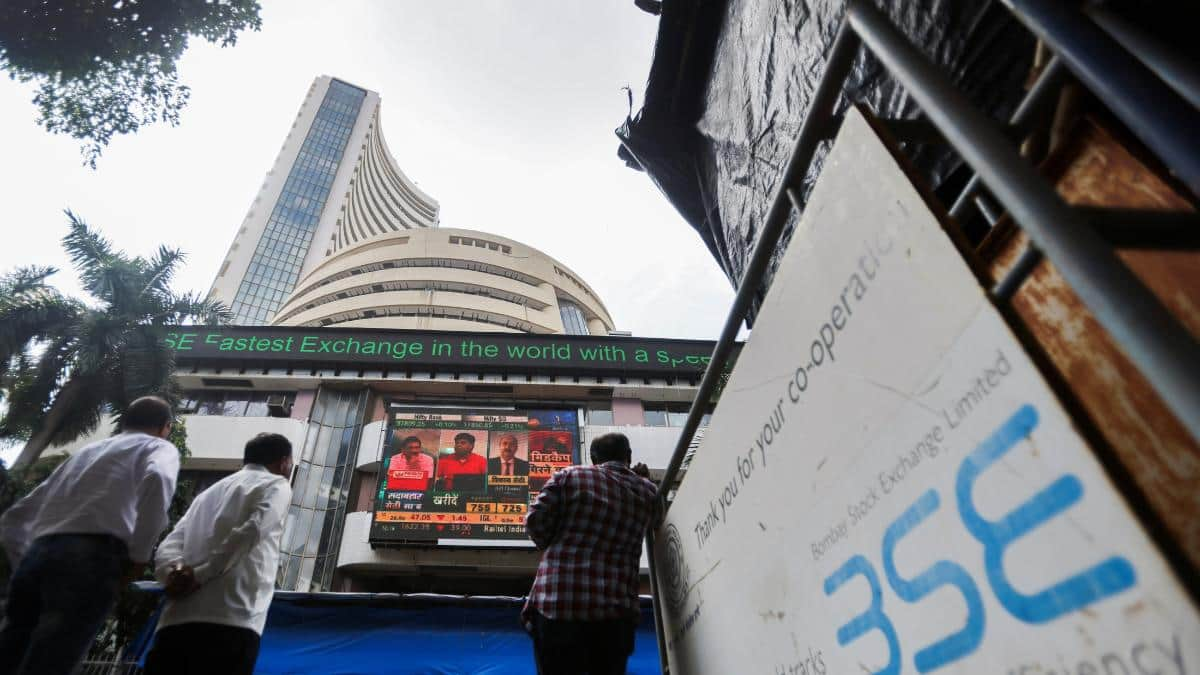


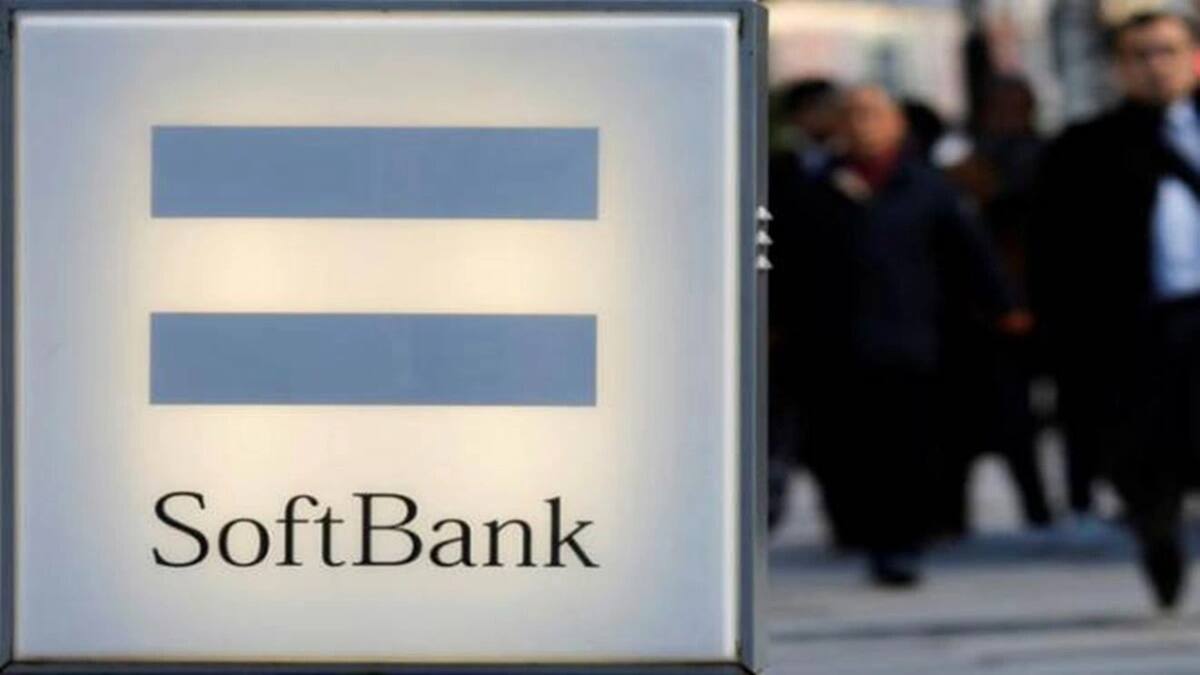
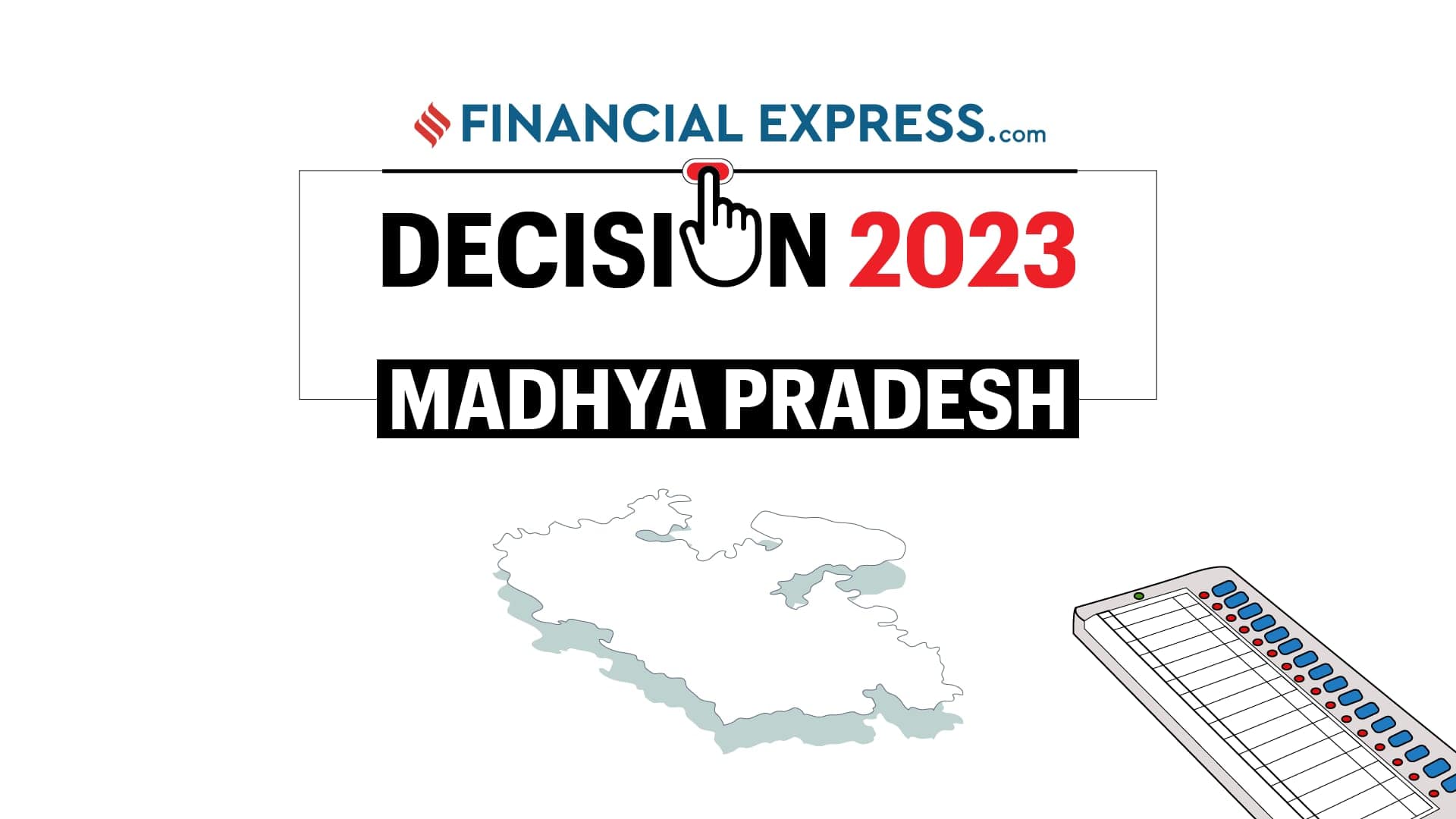
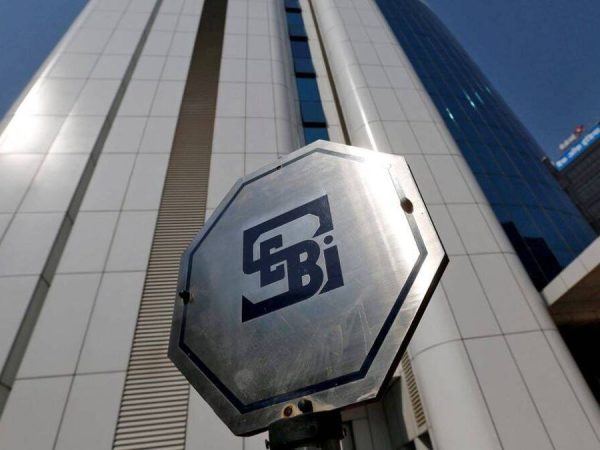
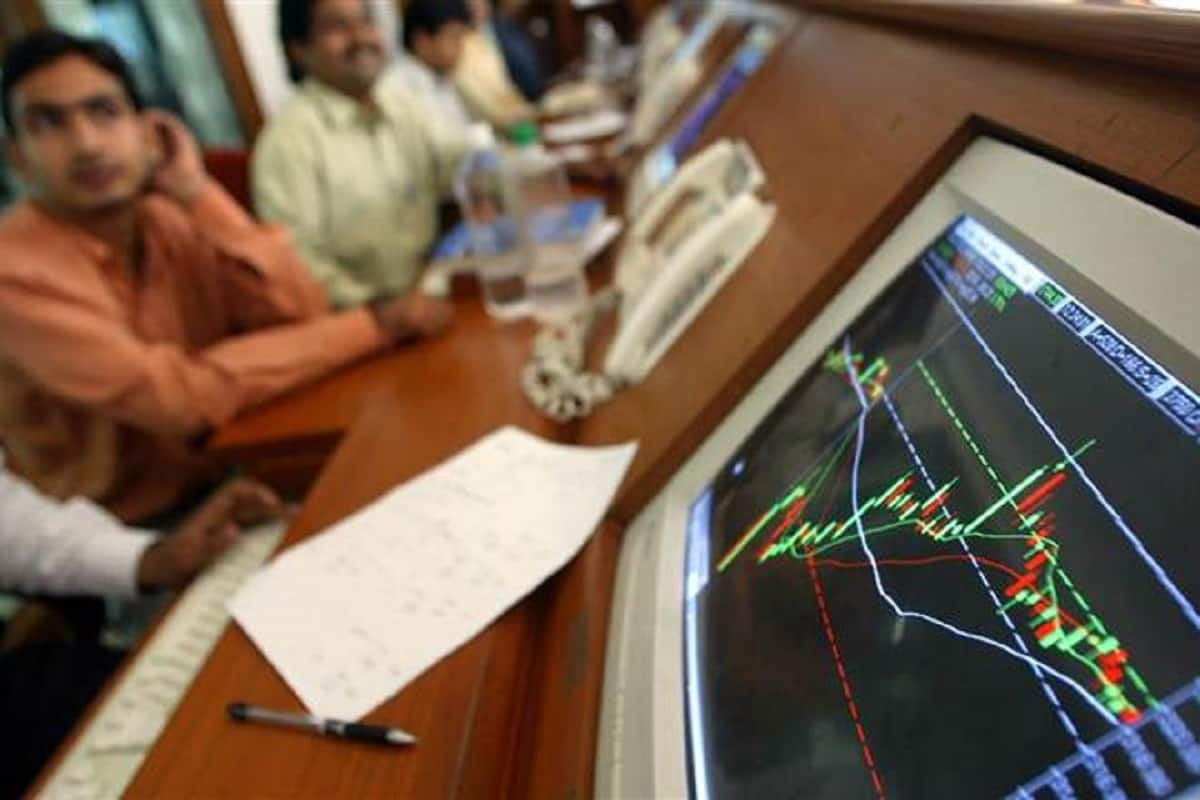
 Nifty
Nifty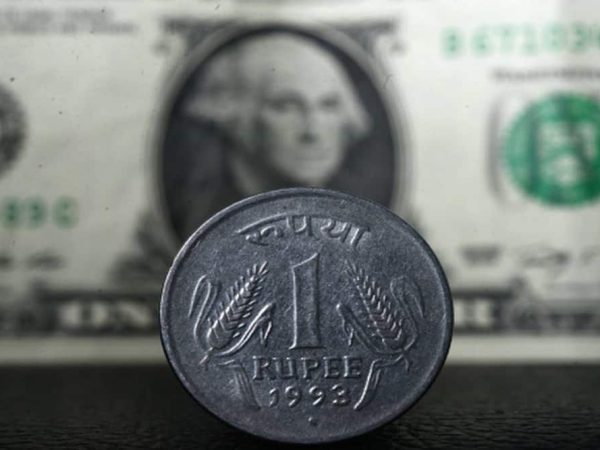
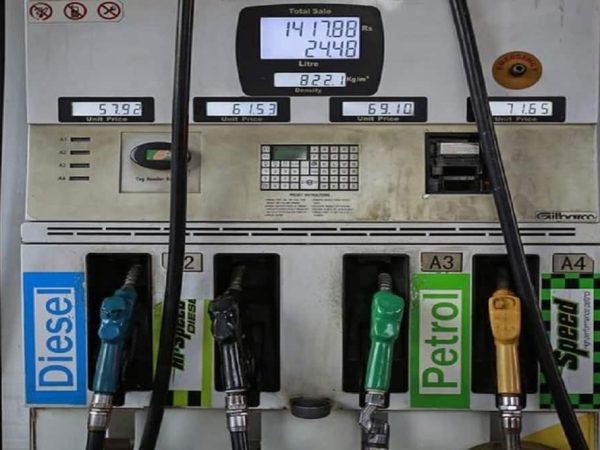


Recent Comments